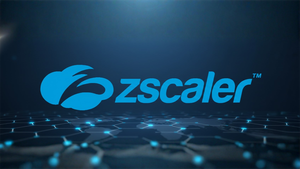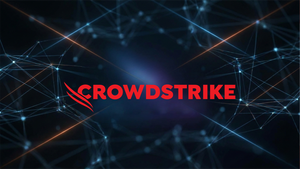
Plenty of individual stocks are notching outsized gains this year, with S&P 500 leaders Nvidia Corp. (NASDAQ: NVDA) and Meta Platforms Inc. (NASDAQ: META) more than doubling in price. Advanced Micro Devices Inc. (NASDAQ: AMD) leaped 63.38% higher on AI optimism, while even NYSE: RCL">Royal Caribbean & plc (NYSE: RCL) is powering forward with a 61% year-to-date gain.
While there have certainly been numerous strong performers, could the broader market be flashing warning signs about what’s ahead for the second half of 2023?
Will a dividend strategy play a more prominent role?
A glimpse at the NYSE Composite chart illustrates how risk assets have traded essentially sideways in the past two-and-a-half years.
The NYSE Composite offers a comprehensive view of the broad market, as it includes a wide range of assets, such as common stocks, preferred stocks, real estate investment trusts, and American depositary receipts, which are foreign stocks that are listed on the NYSE.
As a broad market indicator, the NYSE Composite tracks large-cap, mid-cap, and small-cap stocks, providing a holistic view of overall market performance.
No Progress Since Early 2021
As you can see on the attached chart, there’s been no shortage of big up-and-down moves in the NYSE in the past two-and-a-half years, but we’re essentially seeing the same closing levels that we saw in February 2021.
So what could this mean for investors?
To answer that, let’s take a deeper look at the chart. The good news is that the index is holding above a floor set with October 2022 lows. The not-so-great news, at least in the near term, is that the NYSE composite is clearly having trouble overcoming resistance near the 16000 level.
If upside momentum is deteriorating, or at least stalling (which you can also spot using the SPDR S&P 500 ETF Trust (NYSEARCA: SPY) chart or the iShares Russell 3000 ETF (NYSEARCA: IWV) chart, then income, rather than pure price appreciation, may be a sound strategy for the second half of the year.
Serious investors who look at a return beyond just chart-chasing understand the importance of dividends.
According to a research report from the Hartford Funds, “The Power of Dividends: Past, Present, and Future,” a dividend reinvestment strategy accounted for 69% of the S&P 500’s total return between 1960 and 2022.
Avoid Chasing Yield
The Hartford report also noted that “investors seeking dividend-paying investments may make the mistake of simply choosing those that offer the highest yields possible.”
Remember: A stock’s yield can increase as its price decreases; it’s important to look at price and dividend in tandem. Ideally, you want to identify companies that can sustain or even grow the shareholder payout.
You can easily find companies with that kind of track record using MarketBeat’s Dividend Kings, Dividend Achievers and Dividend Aristocrats screens. Another screen, Dividend Increases, shows you companies, exchange-traded funds and REITs that recently increased their dividend payments.
You can also check the portfolio composition of the Vanguard Dividend Appreciation ETF (NYSEARCA: VIG). This ETF seeks to track the performance of the S&P U.S. Dividend Growers Index. It’s fully invested with large-cap equity, emphasizing stocks with a record of growing dividends year over year.
Top holdings are some of the usual suspects, including Microsoft Corp. (NASDAQ: MSFT), Apple Inc. (NASDAQ: AAPL), Exxon Mobil Corp. (NYSE: XOM), UnitedHealth Group Inc. (NYSE: UNH) and NYSE: JNJ">Johnson & Johnson (NYSE: JNJ).
It’s not surprising that there are no “hidden gems” in that group. By their nature, longstanding dividend growers are companies that post increasing profits, year in and year out. Those won’t be young, exciting techs or biotechs that are putting profit back into fast-growth projects.
Pitfalls Of High Yield
One other note regarding dividend yield. Use caution with high-yield stocks. Sure, the idea of high yield sounds great, but that dividend may not be sustainable.
In addition, be aware that ETFs such as the iShares iBoxx $ High Yield Corporate Bond ETF (NYSEARCA: HYG) are comprised of below-investment-grade fixed income. In other words, these are high-yielding bonds of companies that have lower credit ratings because they may have trouble servicing their debt.
There can be a role in a portfolio for high-yield bonds, but it’s generally not a good idea to overload your asset mix with such risky instruments. If you want some high yield, be sure to balance that out with more steady dividend payers that are far more likely to assure you get some income, even if the market declines.






